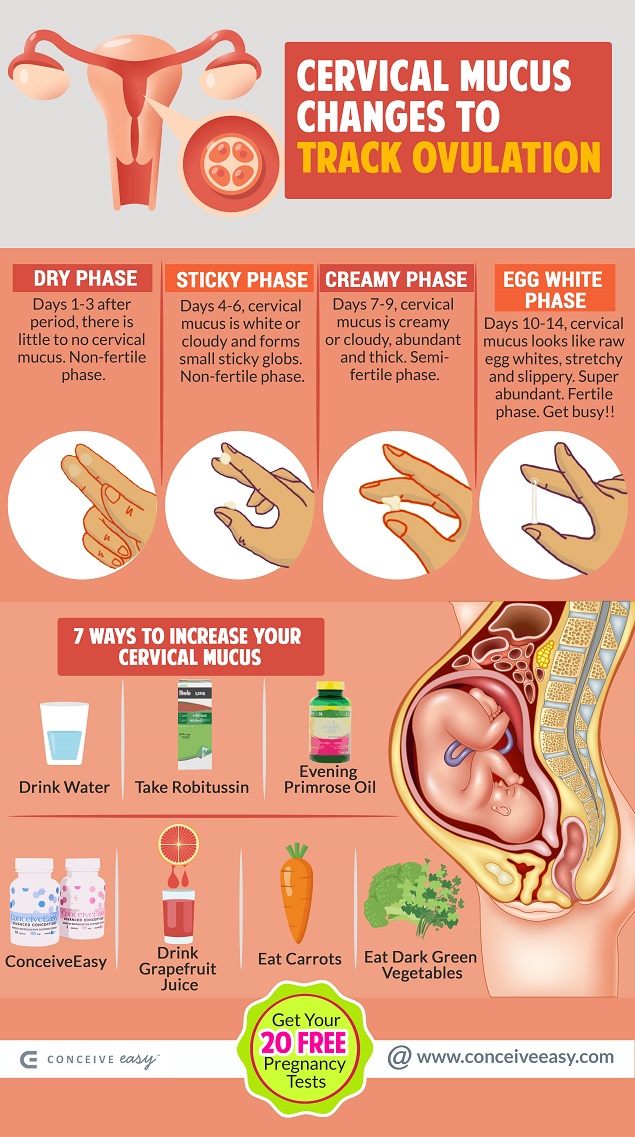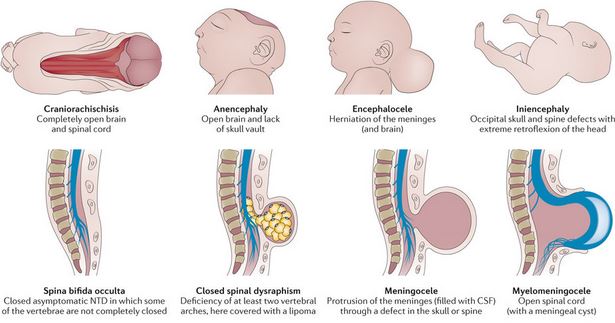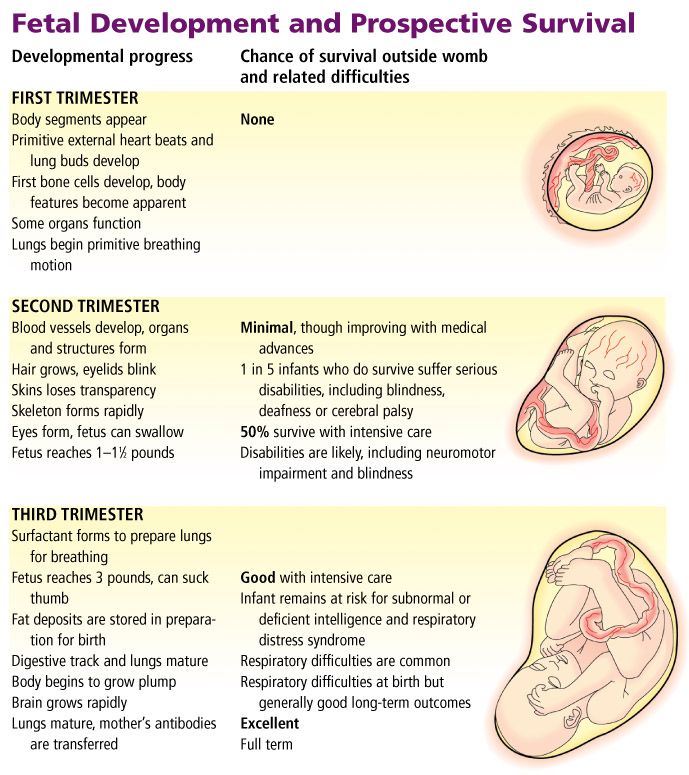Cervical hemorrhage during pregnancy
Bleeding and spotting from the vagina during pregnancy
Bleeding and spotting from the vagina during pregnancy are common
If you bleed or spot during pregnancy, it doesn’t always mean there’s a problem but in some cases they may be signs of a problem for you or your baby’s health
If you have heavy bleeding, call your health care provider right away
Tell your provider about any bleeding or spotting you have during pregnancy
Bleeding and spotting from the vagina during pregnancy are common. Up to 1 out of 4 (up to 25%) of all pregnant women have some bleeding or spotting during their pregnancy.
Bleeding and spotting in pregnancy don’t always mean there’s a problem, but they can be a sign of miscarriage or other serious complications. Miscarriage is when a baby dies in the womb before 20 weeks of pregnancy.
Call your health care provider if you have any bleeding or spotting, even if it stops. It may not be caused by anything serious, but your provider needs to find out what’s causing it.
What’s the difference between bleeding and spotting?
Bleeding or spotting can happen anytime, from the time you get pregnant to right before you give birth. Spotting is light bleeding. It happens when you have a few drops of blood on your underwear. Spotting is so light that the blood wouldn’t cover a panty liner. Bleeding is when the blood flow is heavier, enough that you need a panty liner or pad to keep the blood from soaking your underwear and clothes.
What should you do if you have bleeding or spotting during pregnancy?
Call your health care provider if you have any kind of bleeding during pregnancy and do these things:
- Keep track of how heavy your bleeding is, if it gets heavier or lighter, and how many pads you are using.
- Check the color of the blood. Your provider may want to know. It can be different colors, like brown, dark or bright red.
- Don’t use a tampon, douche or have sex when you’re bleeding.

Call your health care provider right away at any time during pregnancy or go to the emergency room if you have:
- Heavy bleeding
- Bleeding with pain or cramping
- Dizziness and bleeding
- Pain in your belly or pelvis
What causes bleeding or spotting early in pregnancy?
It’s normal to have some spotting or bleeding early in pregnancy. Bleeding or spotting in the first trimester may not be a problem. It can be caused by:
- Having sex
- An infection
- Implantation. When a fertilized egg (embryo) attaches to the lining of the uterus (womb) and begins to grow.
- Hormone changes. Hormones are chemicals made by the body.
- Changes in your cervix. The cervix is opening to the uterus that sits at the top of the vagina.
- Certain types of testing during pregnancy like an amniocentesis or Chorionic villus sampling (CVS). These are tests that are done to check for genetic abnormalities in your baby.
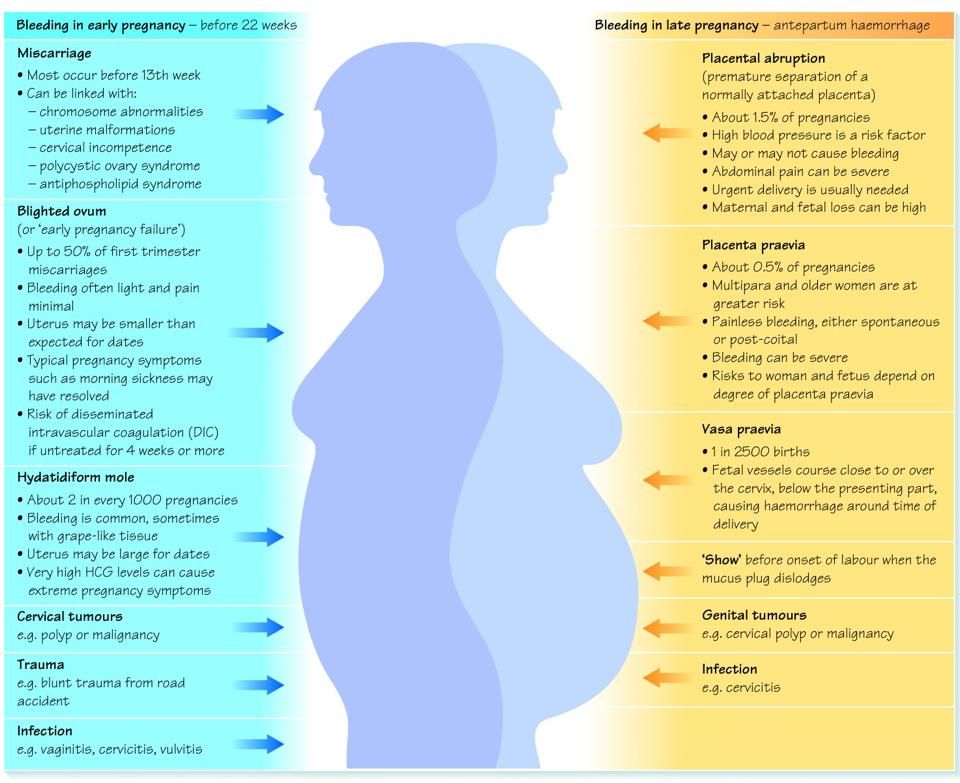 Genetic abnormalities are changes in the genes that are passed down to a baby from mom or dad. These genetic changes can cause health problems for a baby.
Genetic abnormalities are changes in the genes that are passed down to a baby from mom or dad. These genetic changes can cause health problems for a baby. - Problems related to smoking. If you smoke, it’s best to stop before pregnancy or as soon as you know you’re pregnant.
Sometimes bleeding or spotting in the first trimester is a sign of a serious problem, like:
- Miscarriage. Almost all women who miscarry have bleeding or spotting before the miscarriage.
- Ectopic pregnancy. This is when a fertilized egg implants itself outside of the uterus and begins to grow. An ectopic pregnancy cannot result in the birth of a baby. It can cause serious, dangerous problems for the pregnant woman.
- Molar pregnancy. This is when a mass of tissue forms inside the womb, instead of a baby. Molar pregnancy is rare.
What causes bleeding or spotting later in pregnancy?
Bleeding or spotting later in pregnancy may be caused by:
- Labor
- Having sex
- An internal exam by your health care provider
- Problems with the cervix, like an infection, growths, inflammation or cervical insufficiency.
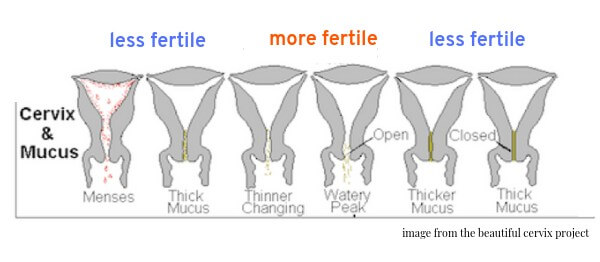 This is when a woman’s cervix opens too early. Inflammation of the cervix is when it may be painful, swollen, red or irritated.
This is when a woman’s cervix opens too early. Inflammation of the cervix is when it may be painful, swollen, red or irritated.
Bleeding or spotting later in pregnancy may be a sign of a serious problem, like:
- Preterm labor. This is labor that happens too early, before 37 weeks of pregnancy.
- Placenta previa. This is when the placenta lies very low in the uterus and covers all or part of the cervix.
- Placenta accreta. This is when the placenta grows into the wall of the uterus too deeply.
- Placental abruption. This is when the placenta separates from the wall of the uterus before birth.
- Uterine rupture. This is when the uterus tears during labor. This happens very rarely. It can happen if you have a scar in the uterus from a prior cesarean birth (also called c-section) or another kind of surgery on the uterus.
 A c-section is surgery in which your baby is born through a cut that your doctor makes in your belly and uterus.
A c-section is surgery in which your baby is born through a cut that your doctor makes in your belly and uterus.
How are bleeding and spotting treated?
Your treatment depends on what caused your bleeding. You may need a medical exam and tests.
Most of the time, treatment for bleeding or spotting is rest. Your provider may also suggest treatments like:
- Take time off from work and stay off your feet for a little while
- You may need medicine to help protect your baby from Rh disease. Rh disease is when your blood and baby’s blood are incompatible (can’t be together). This disease can cause serious problems — even death — for your baby.
- Don’t have sex, douche or use tampons
- If you have heavy bleeding, you may need a hospital stay or surgery
Last reviewed April 2020
Subchorionic bleeding: Causes, symptoms, and risks
A subchorionic bleed is also called a subchorionic hemorrhage.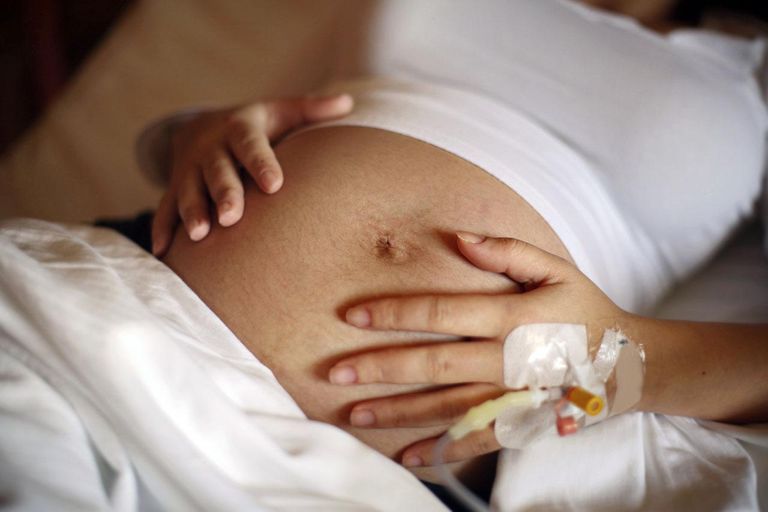 It refers to a collection of blood that can develop between the gestational membranes, such as the placenta, and the uterus during pregnancy.
It refers to a collection of blood that can develop between the gestational membranes, such as the placenta, and the uterus during pregnancy.
This accumulation of blood can lead to vaginal bleeding during pregnancy. This article will look at the causes and risks of a subchorionic hemorrhage (SCH) and explore other reasons for vaginal bleeding during pregnancy.
Subchorionic bleeding is when blood collects between the uterus and the gestational membranes during pregnancy.
Vaginal bleeding during pregnancy is common, with 16–25% of pregnant people experiencing some vaginal bleeding during the first trimester of pregnancy. SCH accounts for around 11% of vaginal bleeding cases in 10–20 weeks of gestation.
Many people experience light bleeding or spotting from the vagina during pregnancy. That said, this spotting does not require a pad or tampon, and it can occur between conception and giving birth.
Some other causes of bleeding or spotting in early pregnancy are:
- sexual intercourse
- infection
- implantation bleeding
- changes in the cervix
While bleeding during pregnancy is common, it may indicate a dangerous complication in the pregnancy.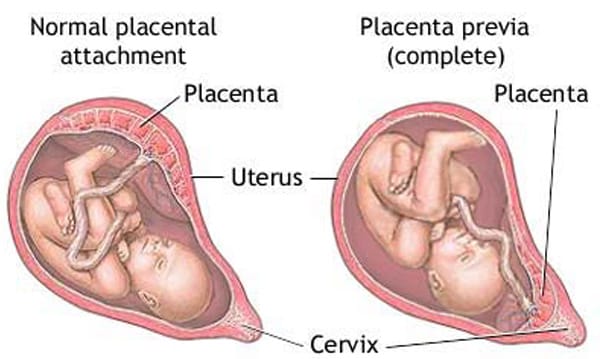
Other more serious causes of bleeding in early pregnancy include:
- pregnancy loss
- ectopic pregnancy, when a fertilized egg implants somewhere other than the uterine cavity
- molar pregnancy, a rare mass of tissues that forms inside the womb instead of a fetus
It is unclear why SCH occurs in some people and not others. It may result from a partial separation between the chorionic membrane from the walls of the uterus.
The collection of blood between the womb and the gestational membranes can result in blood clots called subchorionic hematomas, which can be small or large and may lead to vaginal bleeding.
The main symptom of SCH is vaginal bleeding, but a pregnant person may also feel discomfort and tenderness and a pain in the belly or back that comes on suddenly and does not go away.
Some people will not experience any symptoms and will only find out they have SCH during a routine ultrasound examination.
Subchorionic bleeding does not usually cause any problems. However, scientific research is inconclusive on whether SCH can cause pregnancy complications, such as preterm delivery or pregnancy loss.
However, scientific research is inconclusive on whether SCH can cause pregnancy complications, such as preterm delivery or pregnancy loss.
For example, a 2014 study found that vaginal hemorrhage accompanying a subchorionic hematoma increased the risk of miscarriage before 20 weeks in people with threatened abortion.
However, a further study found that SCH did not increase the risk of pregnancy loss before 20 weeks.
Another possible complication is placental abruption, a severe complication when the placenta detaches from the womb lining.
Anyone who experiences vaginal bleeding during pregnancy should contact a doctor.
To diagnose the cause of the bleed, a healthcare professional will usually perform a physical examination and order blood tests and an ultrasound examination.
An ultrasound uses high-frequency sound waves to generate a black and white image of the fetus and placenta on a screen. If a person is experiencing subchorionic bleeding, the areas of blood inside the uterus may show up on this picture.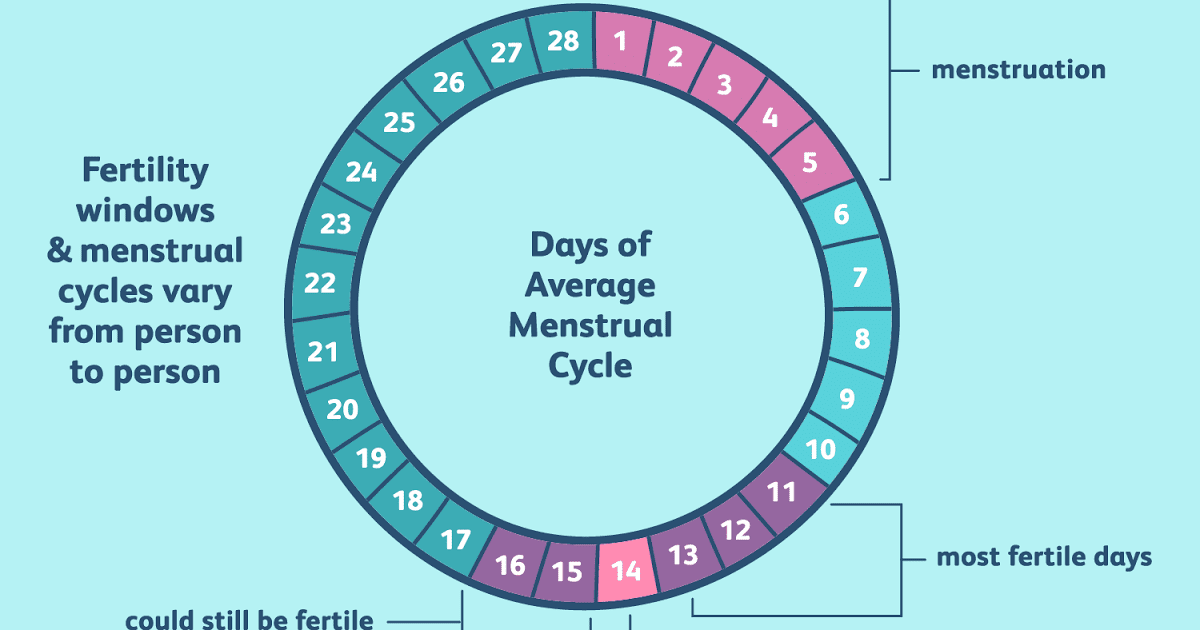
These tests will assist doctors in ruling out any associated conditions that may be causing vaginal bleeding.
The treatment for SCH will depend on a person’s symptoms, age, and overall health status.
For example, an individual with a stable pregnancy and no significant blood loss may be able to recover from SCH with close surveillance and supportive care. However, the condition represents a serious medical emergency if a person has a bleeding disorder.
Therefore, a doctor may wish to monitor people with SCH in the hospital until the bleeding stops or the SCH itself resolves.
Although subchorionic bleeding is common in the first trimester, it is still best to speak with a doctor to get a correct diagnosis whenever bleeding occurs in pregnancy.
Most SCHs are not harmful, but some research suggests they may have associations with certain adverse pregnancy complications.
Bleeding at the beginning of pregnancy | Mamovedia
It is good when the pregnancy goes smoothly and without complications.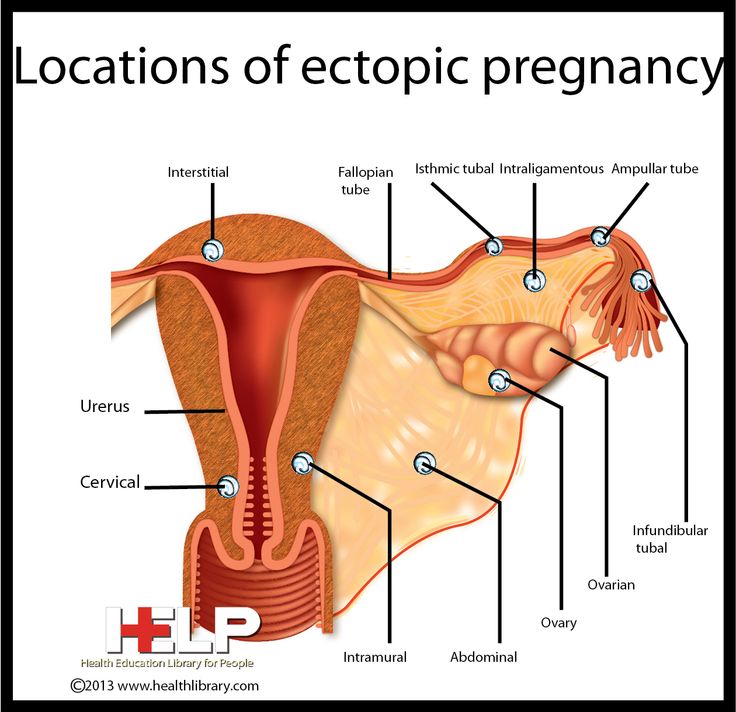 However, it often happens that unpleasant moments occur during pregnancy, including uterine or vaginal bleeding.
However, it often happens that unpleasant moments occur during pregnancy, including uterine or vaginal bleeding.
Experts say that bleeding is most dangerous at the beginning of pregnancy. But at the same time, it is necessary to take into account the fact that not any bleeding at the beginning of pregnancy is dangerous and indicates a pathology.
Most bleeding, but not all, require immediate medical attention.
At the very beginning of pregnancy, minor bleeding can be considered normal, since they do not pose a danger to the normal course of pregnancy. This is due to the fact that the beginning of pregnancy is the time of a global restructuring of the woman's body, both at the hormonal and physiological levels. When the fetal egg is fixed in the wall of the uterus, then small fragments of its mucous membrane can be rejected. This is the cause of minor bleeding from the vagina. Such discharge can be brown, brown or bright red. Normally, they are insignificant and are not accompanied by pain.
But, in any case, if you have any bleeding during pregnancy (even the smallest), you should consult a doctor. This is necessary in order to make sure that the condition of the fetus is not disturbed, the pregnancy is proceeding normally, and there is no threat of miscarriage.
One of the most common causes of bleeding in early pregnancy in many women is cervical erosion. The mucous membrane of the cervix at the beginning of pregnancy may bleed, as there is increased blood flow to the uterus. With erosion of the cervix during pregnancy, the inflammatory process is activated.
If a woman has cervical erosion, then bleeding at the beginning of pregnancy may occur due to physical exertion, after sexual contact, or just out of the blue. With such bleeding, there are no painful sensations, and the discharge is insignificant and quickly stops spontaneously.
The presence of cervical canal polyps and decidua polyps can also lead to bleeding at the beginning of pregnancy.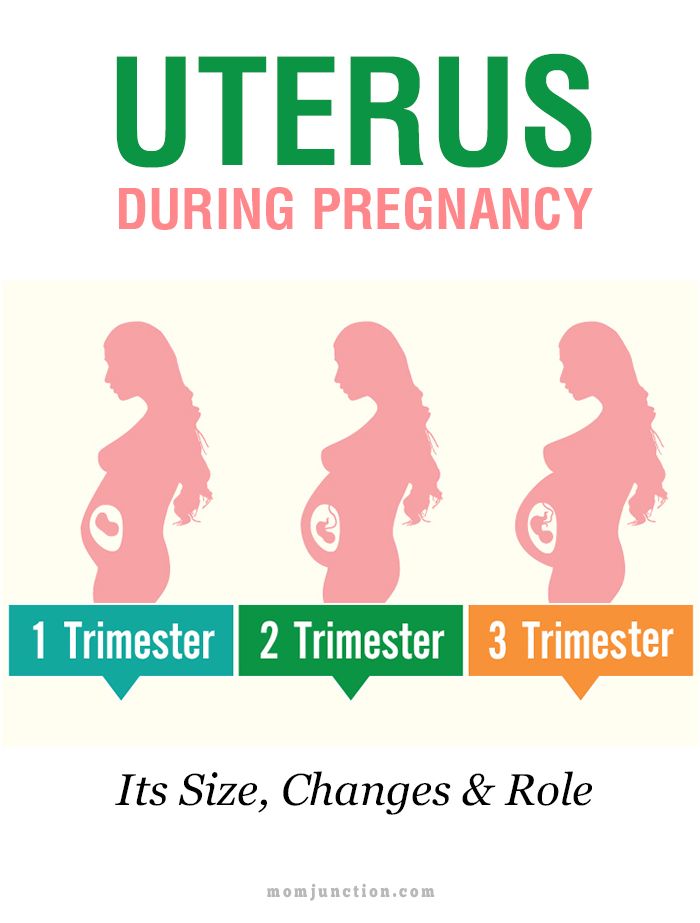 Such polyps are considered harmless tumors on the uterus or cervix. Blood discharge is also not plentiful and there is no pain.
Such polyps are considered harmless tumors on the uterus or cervix. Blood discharge is also not plentiful and there is no pain.
More severe complications of the first trimester of pregnancy are vaginal bleeding, which may threaten miscarriage or signal an ectopic pregnancy.
Dangerous bleeding at the beginning of pregnancy is discharge that occurs with pathologies of the cervix, with varicose veins of the external genitalia, as well as with various infections of the vagina.
Precisely because a pregnant woman should know that any bleeding should be a reason for immediate medical attention.
A pregnant woman should be attentive to her health and respond in time to any changes in it.
One of the most serious complications of pregnancy in the first trimester, which is accompanied by bleeding, is spontaneous miscarriage. At first, the bleeding is insignificant and not accompanied by pain, but it does not stop, and after a while it becomes more intense.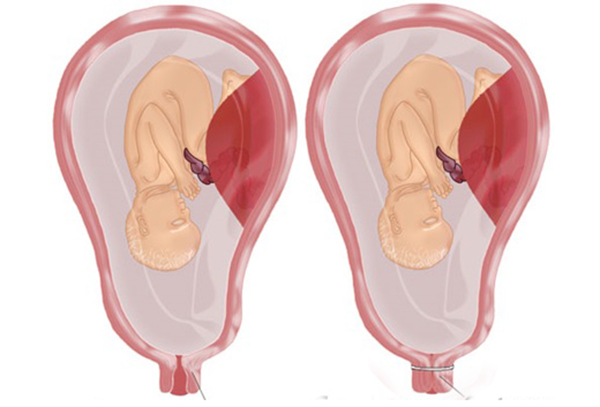 Over time, aching pain in the lower abdomen appears. If you respond to such symptoms in time, then the pregnancy can be saved.
Over time, aching pain in the lower abdomen appears. If you respond to such symptoms in time, then the pregnancy can be saved.
Another very dangerous cause of bleeding in the early stages of pregnancy is an ectopic pregnancy. Such a pregnancy is very important to detect as early as possible, until there are severe complications. An ectopic pregnancy can be determined by ultrasound diagnostics.
So, if any bleeding occurs during pregnancy, a woman should immediately consult a doctor. With proper and timely treatment, many complications can be avoided, and pregnancy can be maintained.
For a pregnant woman at the pre-medical stage, one recommendation is complete rest, position - lying on the left side, and preferably cold on the stomach.
Bleeding in the first half of pregnancy - Information
Pregnancy is a complex physiological process that can be accompanied by various complications, including those that cause uterine or vaginal bleeding.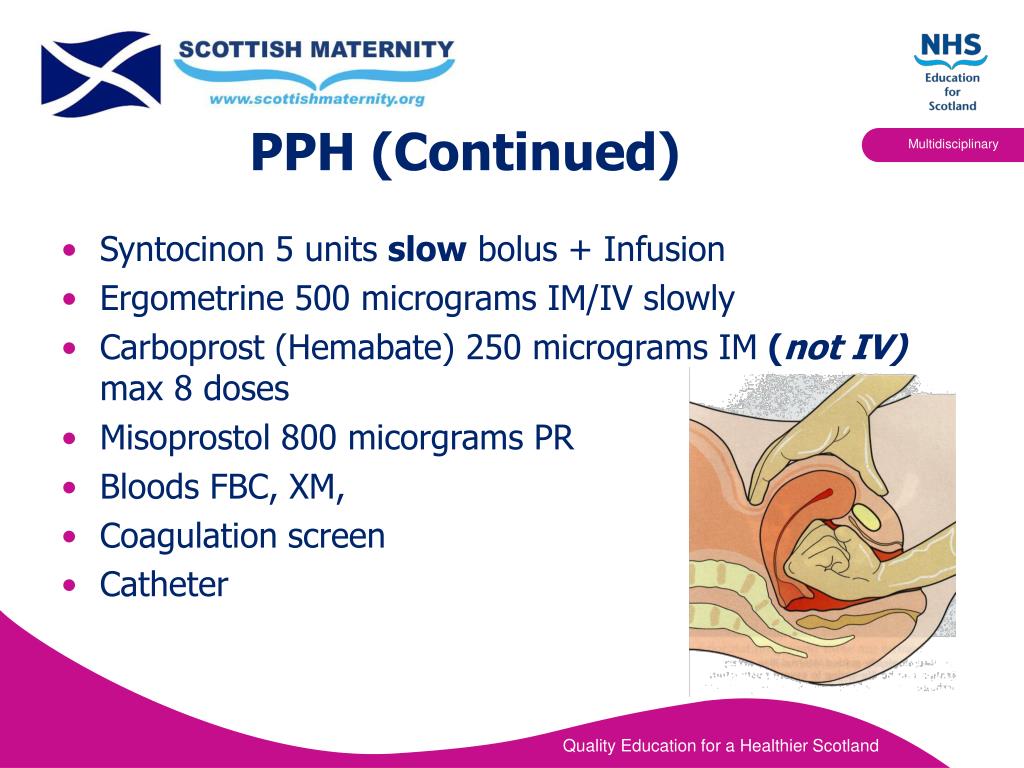 As a rule, the first and last trimester of pregnancy, more precisely, the very first and last weeks of it, are the most dangerous from this point of view.
As a rule, the first and last trimester of pregnancy, more precisely, the very first and last weeks of it, are the most dangerous from this point of view.
Strange as it may seem, but not any bleeding at the beginning of pregnancy indicates a pathology that needs immediate medical intervention.
Moreover, it can be said that in the very early stages of pregnancy, slight bleeding is considered a common symptom that is not a cause for concern and does not pose a danger to the normal course of pregnancy.
The first weeks of pregnancy are the time of a global restructuring of a woman's body, hormonal and physiological.
What could be the reasons for the discharge of blood from the genital tract of a pregnant woman?
First of all, during the fixation of the ovum in the wall of the uterus, small fragments of its mucous membrane can be shed, which causes the appearance of small bloody discharge from the vagina. This vaginal discharge may be brown, brown, or intensely red.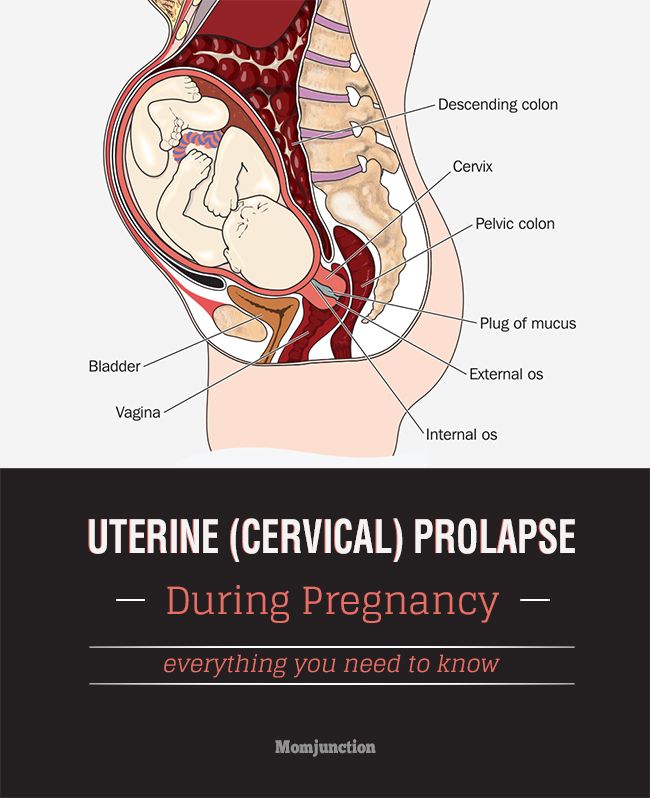 Most often, the discharge is not plentiful and does not last longer than a few days. Sometimes they are accompanied by minor spasms, sometimes they are completely painless for a pregnant woman.
Most often, the discharge is not plentiful and does not last longer than a few days. Sometimes they are accompanied by minor spasms, sometimes they are completely painless for a pregnant woman.
It is this kind of bleeding that sometimes becomes the first indication of pregnancy. We repeat that this does not happen when the pregnancy has already been established, but during the implantation of the fetal egg, that is, when the “real” uterine pregnancy has not yet begun.
Most often, such spotting coincides with the time of the next menstruation, which leads to a fairly common belief that not everyone stops menstruating with the onset of pregnancy.
However, after the pregnancy is established, any bleeding should alert the pregnant woman and cause her to immediately report to the obstetrician-gynecologist leading the pregnancy.
A fairly common cause of bleeding from the genital tract in pregnant women in early pregnancy is cervical erosion. This also happens for a completely understandable reason: due to increased blood flow to the uterus during pregnancy, the cervical mucosa may begin to bleed, turning into some kind of inflammatory ulcer.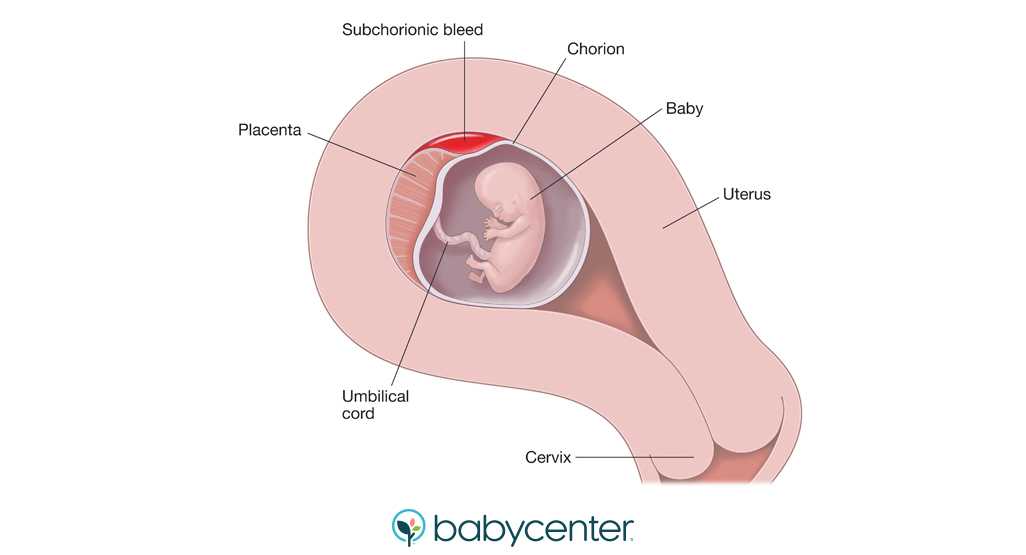
In case of cervical erosion in pregnant women, blood from the genital tract appears after sexual contact or without any apparent reason at all, such bleeding is not accompanied by pain, is insignificant and quickly stops spontaneously.
In addition to erosion, the cause of bleeding in pregnant women in the first trimester of pregnancy can be polyps of the cervical canal and decidual polyps - harmless tumors that grow in the uterus or cervix. Bleeding is also insignificant and is not accompanied by pain.
Depending on the situation, the doctor may remove the polyp or wait for the polyp to fall off on its own, as is most often the case. Removal of a bleeding polyp does not harm the course of pregnancy, since curettage of the uterine cavity is not required when it is removed. In parallel with the removal of the polyp, treatment is necessarily carried out aimed at replenishing blood loss and maintaining pregnancy.
However, there are other cases when bleeding in the first trimester of pregnancy serves as a signal that "not all is well in the Kingdom of Denmark. "
"
In particular, such severe complications of the first trimester of pregnancy as spontaneous miscarriage and ectopic pregnancy can begin with vaginal bleeding.
In addition, the discharge of blood from the genital tract of a pregnant woman may indicate the development of any severe pathology of the cervix, up to oncological neoplasms.
Other causes of bleeding include varicose veins in the vulva, vaginal infections.
Once again, in order not to miss the first signs of these complications, any bleeding in a pregnant woman should be a reason to see a doctor.
Spontaneous miscarriage is a very serious complication of pregnancy that occurs early in pregnancy and usually begins with bleeding. Bleeding indicative of an incipient miscarriage may be minor and painless. However, it does not stop after a short time, but continues to grow both in intensity and in the unpleasant sensations that accompany it.
Spontaneous miscarriage occurs in several stages: threatened miscarriage, incipient miscarriage, abortion in progress, incomplete and complete miscarriage. These stages differ just in the intensity of bleeding and the presence of pain.
These stages differ just in the intensity of bleeding and the presence of pain.
In a threatened miscarriage, bloody discharge from the genital tract of a pregnant woman is extremely scarce, pain is usually absent or is manifested by aching sensations in the lower abdomen. At the same time, the uterus has not yet been changed, and with active and timely treatment, pregnancy can be maintained.
A miscarriage that has begun is characterized by slow bleeding, cramping pains. The cervix at this stage of the miscarriage may already be slightly shortened, and the external os is ajar. At the same time, the woman's condition remains satisfactory, and with proper treatment, pregnancy can be maintained. If this moment is also missed, then it is almost impossible to maintain the pregnancy, and, in addition, severe bleeding during an abortion in the course causes the need for urgent hospitalization, during which the uterine cavity is scraped, with compensation for blood loss, depending on its volume and the condition of the woman.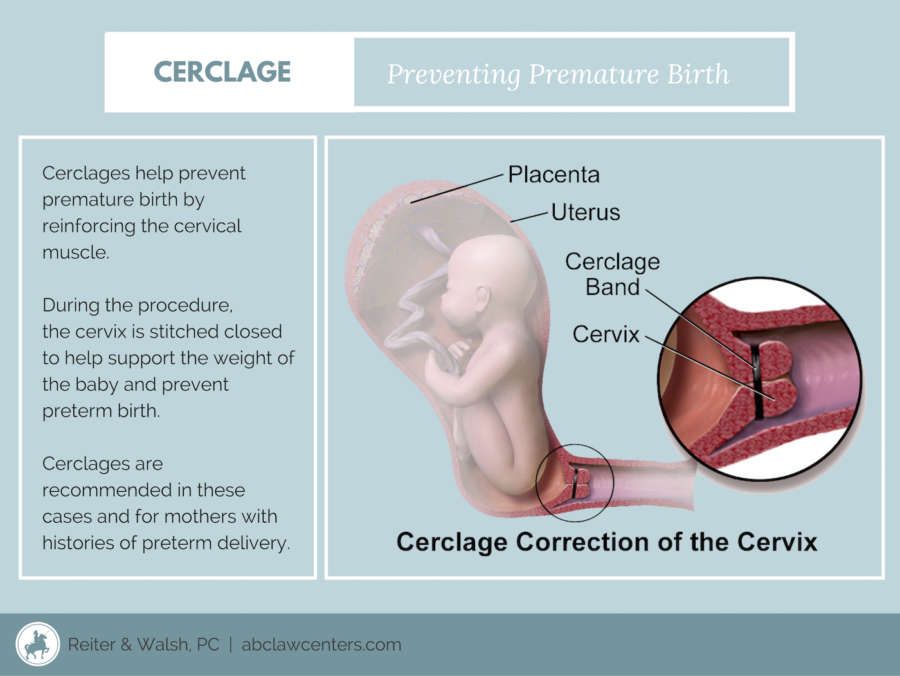
Bloody discharge in incomplete miscarriage is significant, usually dark red in color, clots can be seen in them. Bleeding is accompanied by cramping pains in the lower abdomen. Emergency care consists in scraping the uterine cavity, removing the remnants of the fetal egg; compensation for blood loss, depending on its volume and the condition of the woman.
If there is a complete miscarriage, then there is no bleeding, since the fetal egg is completely released from the uterus. The only thing that the doctor should do in this case is to scrape the uterine cavity so that there are no parts of the fetal egg left there.
Sadly, spontaneous miscarriages are a fairly common cause of uterine bleeding during pregnancy.
Another cause of bleeding in pregnant women can be an ectopic pregnancy, that is, a situation in which the fetal egg is fixed not in the body of the uterus, but in the tubes or in the cervix. An ectopic pregnancy not noticed in time can lead to cervical rupture and even death.